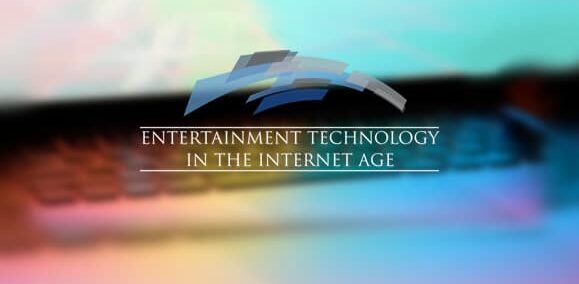
When will the Internet be the primary delivery mechanism for TV? That was a big question at the second annual SMPTE Entertainment Technology in the Internet Age conference at Stanford University last week. The day was focused on the convergence of new and traditional media creation and distribution technologies, and how the Internet has evolved to a mass media delivery platform—one that Stanford’s Bernd Girod described as “taking over cable TV.”
Our CEO, Dr. Hui Zhang, was a speaker on the panel “Is the Technology of the Internet the New Standard for Quality Video?” —moderated by Colin Dixon of nScreenMedia. The panel considered the various characteristics of video quality based on transmissions over the Internet.
Ian Blain of the Platform noted that for Internet to be the ‘new TV’, we need optimizations around peak events. That’s exactly what Conviva focuses on; managing video delivery, end to end, across multiple CDNs, to ensure a high quality stream, even during peak events like the World Cup or Olympics. Conviva is working with several customer to help ensure high-quality streaming for this year’s World Cup and recently broke an internal record, with over 3 million peak concurrent views.
Zhang said the number of World Cup viewers has increased considerably causing start-up times to climb to 10 minutes for the World Cup this year, up from less than two minutes for the last event. There are issues in areas including hardware bottlenecks and other infrastructure limitations, rather than Internet bandwidth. One problem is that no single entity owns the whole delivery chain. The Internet is a great big frontier with lots of moving parts. “It’s not just about encoding and decoding,” Zhang said. “There’s a path that’s not an equal system and nobody owns end-to-end.”
However, Zhang stated there are definite signs of improved Internet video delivery. Zhang said his company’s technology measures, second-by-second, the quality of the video experience. The last World Cup streamed at an average of 1 Mbps, versus multiple Mbps and twice as many online viewers this year. Buffering rates have improved dramatically as well.
At Conviva we use our big data control platform to manage the delivery path across the Internet and thereby provide an optimal experience. Data shows that the most engaged audiences have high resolution of at least 2000 kbps with 90% of views uninterrupted by buffering, with expectations increasing rapidly.
The subject of quality was also raised by Dolby’s Jean-Christophe Morizur. “How can we enhance the visual experience? Fundamentally, it’s the resolution and the frame rate; 4K versus high dynamic range and color gamut. We’re not locked into a codec, a decided advantage over traditional TV providers, particularly broadcast.”
With Netflix and Amazon beginning to offer 4K, Mann asked whether there is capacity for bandwidth to consumers. Zhang answered that it depends on how many users are online. The complexity is not in the individual components, but in the integration of the infrastructure. The user experience needs software for innovation since hardware takes longer to change.
The panel also discussed the impact of changing technologies like Google Glass. Zhang said Google Glass probably would lend itself more to controlling the experience rather than viewing it. Watching on Google Glass may cause distractions. He said “It’s hard to imagine watching TV on my glasses.”
To get more insight into what Conviva is doing to enable a TV-quality experience over the Internet, subscribe to our blog or send us an email.







